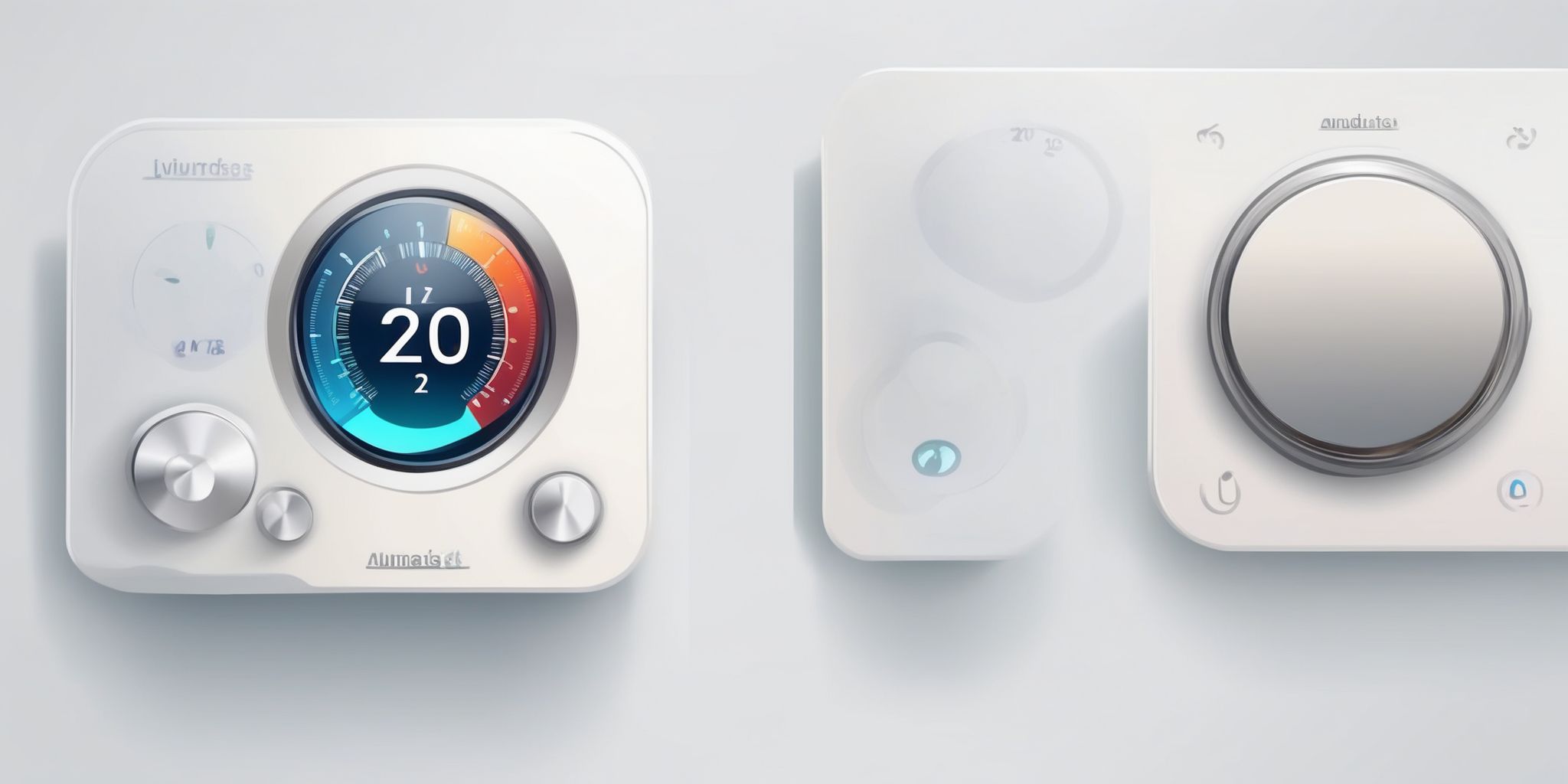

Building management systems (BMS) are revolutionizing the way facilities are operated by increasing efficiency and comfort. With advanced technology and automation, BMS streamline processes and optimize energy usage. By effectively integrating various systems, such as HVAC, lighting, and security, BMS ensure smooth operations and reduce human error.
In this article, we will explore how BMS maximize efficiency and comfort in buildings, showcasing the concrete benefits and tangible results achieved by implementing these systems.
Improving energy efficiency is a key consideration for building management systems. By implementing energy optimization strategies, buildings can significantly reduce their energy consumption and lower operational costs.
For example, installing smart thermostats allows for precise temperature control and can lead to energy savings of up to 10%.
Additionally, implementing occupancy sensors for lighting can reduce energy usage by automatically turning off lights in unoccupied areas. These practical measures not only contribute to a greener environment but also result in substantial financial savings for building owners.
Enhancing Comfort and Productivity in building management systems is a fundamental aspect that positively impacts the overall well-being and efficiency of occupants. By optimizing temperature control, lighting levels, and ventilation, occupants can experience a more comfortable working environment, minimizing distractions and increasing focus. Improved thermal comfort, for instance, reduces discomfort and fatigue, leading to increased productivity and job satisfaction.
Additionally, effective lighting systems, such as daylight harvesting and task-specific lighting, can enhance concentration and reduce eye strain. By prioritizing comfort and productivity in building management systems, organizations can create a conducive environment that promotes optimal performance and satisfaction among occupants.
HVAC systems are crucial components of building management systems. They play a significant role in maintaining indoor air quality and ensuring occupant comfort. Effective HVAC systems remove contaminants from the air, control temperature and humidity levels, and provide fresh air circulation.
For example, advanced HVAC systems use air filters to trap dust and allergens, adjustable thermostats to regulate temperature, and ventilation systems to introduce outside air. These systems help optimize energy usage and reduce utility costs. By integrating HVAC systems into building management systems, facility managers can efficiently monitor and control the operation of these systems, ensuring optimal performance and occupant satisfaction.
Lighting and environmental controls are integral components of building management systems. These systems allow building operators to optimize energy efficiency, enhance occupant comfort, and ensure compliance with regulations. For instance, by using sensors and automated controls, lighting can be adjusted based on occupancy and natural light availability, reducing unnecessary electricity usage.
Environmental controls, such as HVAC systems, can maintain optimal temperature and moisture levels, optimizing comfort while minimizing energy consumption. By utilizing these technologies, building owners can achieve substantial cost savings and contribute to a more sustainable future.
The operations of Google Headquarters heavily rely on efficient building management systems. These systems, responsible for controlling and monitoring various aspects of the building, play a crucial role in maintaining a safe and comfortable environment.
For example, the HVAC system ensures optimal temperature and air quality throughout the facility, optimizing employee productivity.
Additionally, advanced access control systems provide secure and seamless entry for authorized personnel. Without such reliable systems in place, managing a large-scale facility like Google Headquarters would be challenging and could compromise the safety and productivity of its occupants.
The implementation of building management systems is a fundamental component in the operation and maintenance of structures like the Empire State Building. These systems play a crucial role in ensuring the smooth functioning of various building operations. For instance, they monitor and control HVAC systems to optimize energy consumption, maintaining a comfortable indoor environment for occupants while reducing costs.
Additionally, they provide real-time data on energy usage which is crucial for effective energy management and conservation. By utilizing building management systems, facilities like the Empire State Building can enhance efficiency, improve sustainability, and optimize their operational performance.
Integration and compatibility are key aspects in building management systems. Ensuring seamless integration between various components allows for efficient data exchange and real-time monitoring.
For example, an integrated system can enable centralized control of HVAC, lighting, and security systems, improving operational efficiency by automating processes and reducing energy consumption.
Additionally, compatibility with a wide range of third-party devices and protocols allows for future scalability and flexibility, enabling the system to adapt to evolving needs. Such integration and compatibility ultimately enhance the overall effectiveness and functionality of building management systems.
Data Analytics and Performance Monitoring are crucial components in building management systems. These tools allow facility managers to track and analyze data from various systems and equipment, providing valuable insights for efficient operation.
For example, by monitoring energy consumption patterns, managers can identify areas of waste and implement adjustments to reduce costs.
Additionally, analytics can detect anomalies or malfunctions in systems, enabling prompt maintenance to prevent potential failures. By leveraging data analytics and performance monitoring, facilities can optimize resource utilization, improve occupant comfort, and ensure the longevity of equipment, ultimately leading to cost savings and operational efficiency.
Building management systems are an effective tool for optimizing efficiency and comfort in commercial buildings. By automating various functions such as lighting, heating, ventilation, and air conditioning, these systems ensure that energy is used wisely and occupants are provided with a comfortable environment.
The ability to centrally monitor and control these functions allows for real-time adjustments based on occupancy levels and outside conditions, ultimately reducing energy waste and lowering operational costs. With the integration of smart technology and predictive algorithms, building management systems can proactively identify and address potential maintenance issues, leading to improved reliability and reduced downtime. Furthermore, by collecting and analyzing data on energy usage and equipment performance, these systems enable informed decision-making and continuous improvement of building operations.